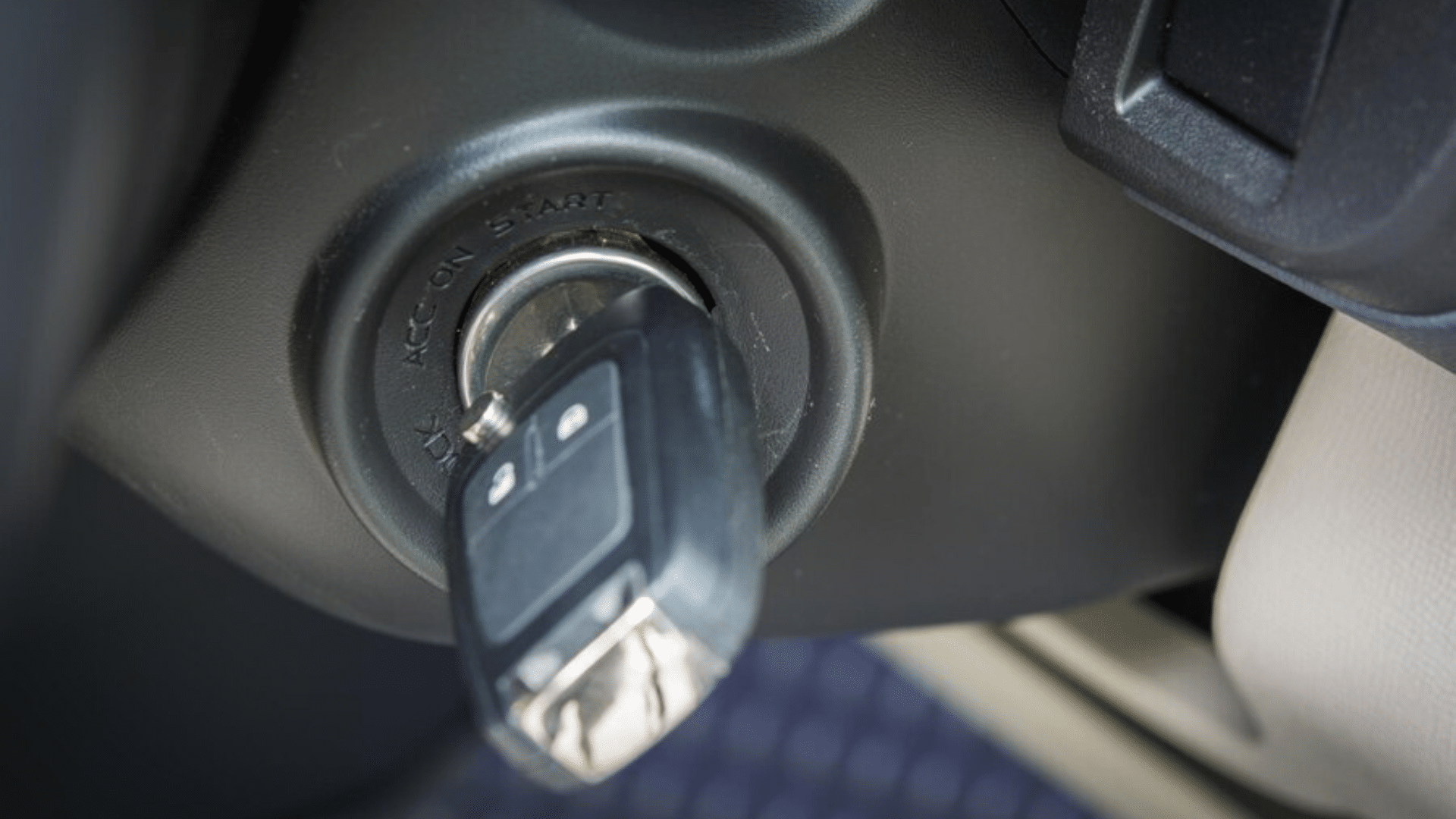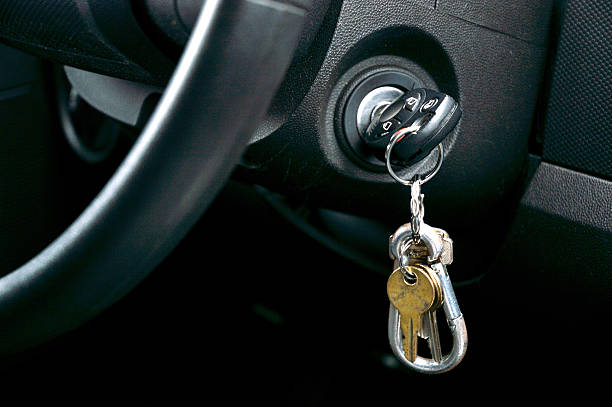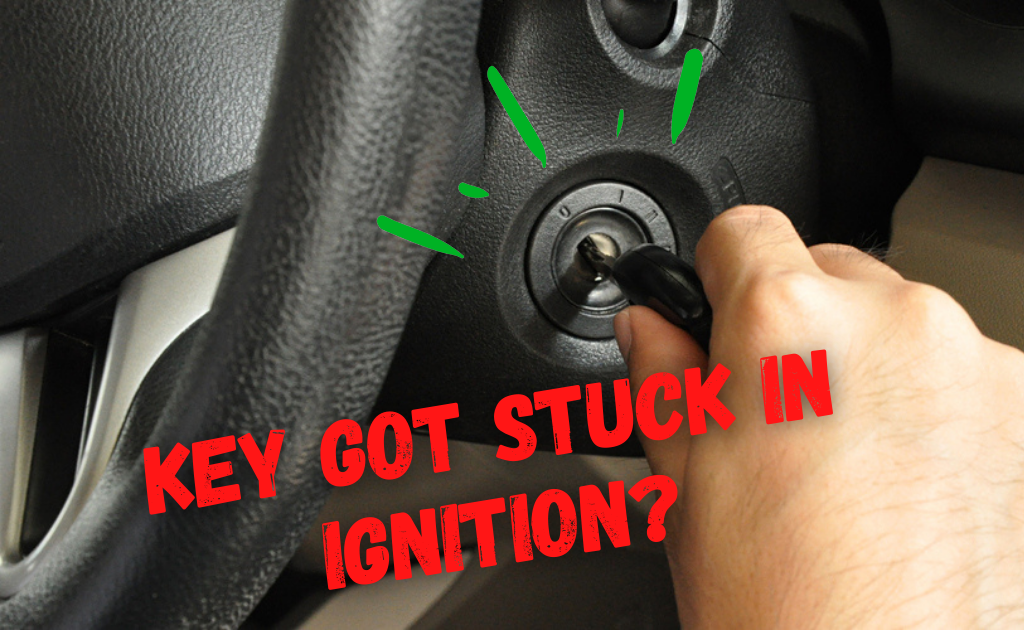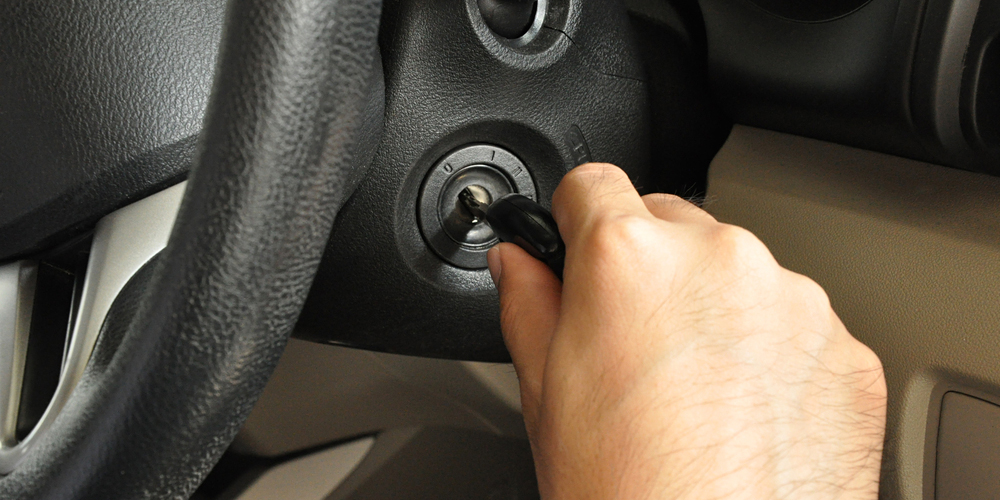How To Get A Key Out Of Ignition
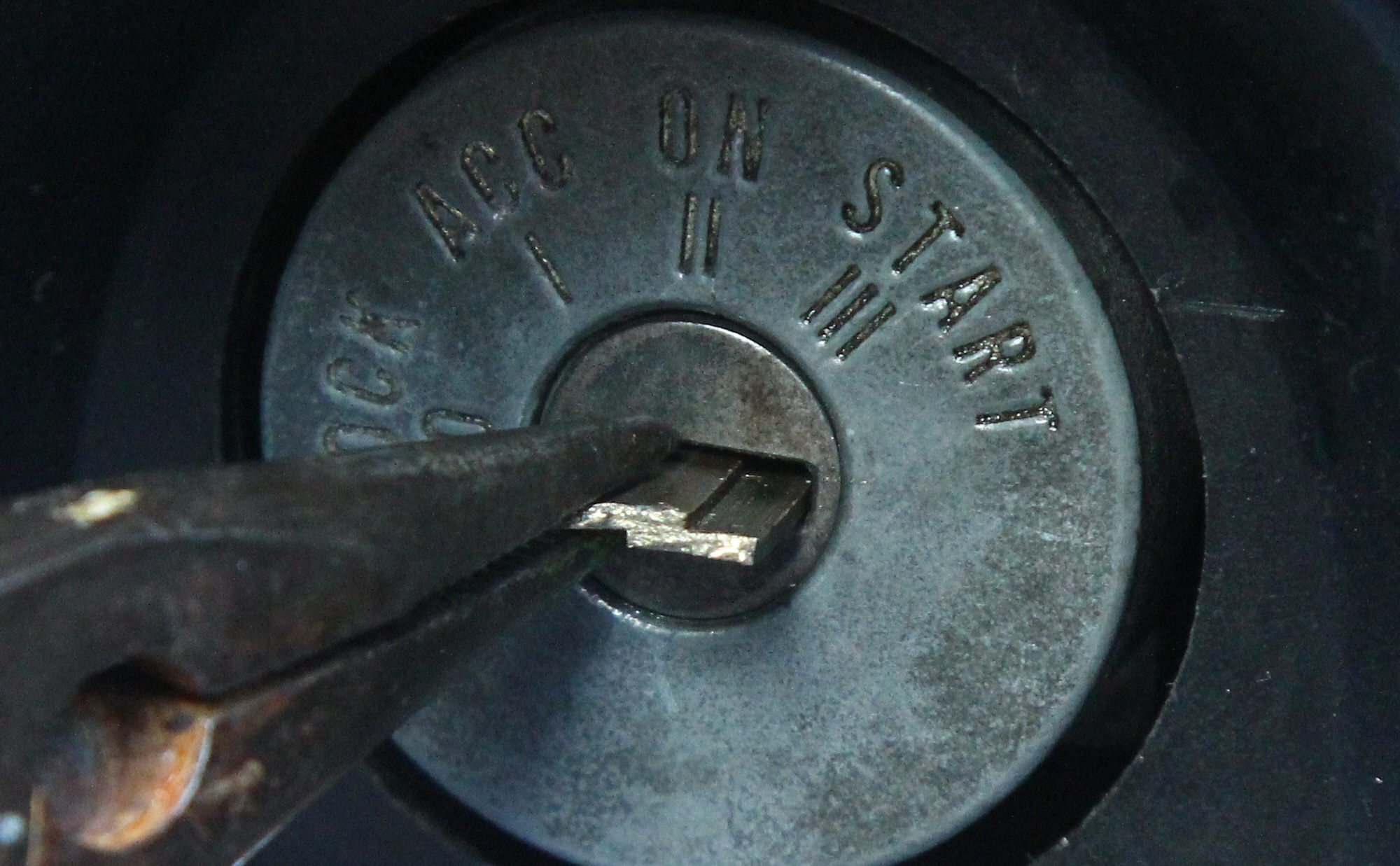
Getting a key stuck in the ignition is a common automotive frustration, often leading to unnecessary panic and potentially costly calls to locksmiths or mechanics. Understanding the potential causes and possessing a few troubleshooting techniques can save drivers time, money, and stress.
This article provides a comprehensive guide to safely and effectively removing a stuck key from the ignition. It covers common causes, step-by-step solutions, and preventative measures, drawing from automotive repair manuals and expert advice.
Common Causes of a Stuck Ignition Key
Several factors can contribute to a key becoming stuck in the ignition. Understanding these causes can help drivers diagnose the problem and apply the appropriate solution.
Steering Wheel Lock
The most frequent culprit is the steering wheel lock mechanism. This safety feature is designed to prevent theft by immobilizing the steering wheel when the key is removed. If the steering wheel is under tension, it can bind against the locking pin, preventing the key from turning or being extracted.
Worn or Damaged Key
Over time, keys can become worn, bent, or damaged, making it difficult for them to properly engage with the ignition cylinder's tumblers. Even slight deformities can prevent the key from turning or releasing.
Ignition Cylinder Problems
The ignition cylinder itself can also be the source of the problem. Dirt, debris, or internal wear and tear can cause the tumblers to malfunction, preventing the key from turning or being removed. In some cases, the cylinder may need to be cleaned, lubricated, or replaced.
Gear Shift Position
In vehicles with automatic transmissions, the ignition key is often interlocked with the gear shift. The key cannot be removed unless the gear shift is fully in the "Park" position. A misaligned or malfunctioning gear shift linkage can prevent the interlock from releasing the key.
Troubleshooting Techniques
Before calling a professional, try these troubleshooting steps to dislodge the stuck key. Always exercise caution and avoid excessive force, which can damage the ignition cylinder or key.
Wiggle the Steering Wheel
Gently wiggle the steering wheel back and forth while simultaneously attempting to turn the key. This can relieve pressure on the steering wheel lock mechanism and allow the key to turn.
Apply Lubricant
Use a small amount of lubricant, such as WD-40 or graphite powder, to lubricate the key and ignition cylinder. Insert the key and gently wiggle it while applying the lubricant. Avoid using excessive lubricant, as it can attract dirt and debris.
Check the Gear Shift
Ensure that the gear shift is fully engaged in the "Park" position. Try shifting the gear selector to neutral and back to park firmly to ensure the interlock mechanism is properly engaged.
Inspect the Key
Carefully inspect the key for any signs of damage or wear. If the key is bent or damaged, try using a spare key, if available. If a spare key works, the original key likely needs to be replaced.
Tap the Key
Lightly tap the key with a small hammer or similar object while gently trying to turn it. This can help to dislodge any debris or corrosion that may be preventing the key from turning.
When to Seek Professional Help
If the troubleshooting steps above fail to dislodge the key, it's best to seek professional help from a qualified locksmith or mechanic. Forcing the key can cause further damage to the ignition cylinder, resulting in more costly repairs.
A locksmith can often extract the key without damaging the ignition cylinder. A mechanic can diagnose and repair any underlying issues with the ignition cylinder, steering wheel lock, or gear shift linkage.
Preventative Measures
Taking a few simple preventative measures can help to avoid future problems with a stuck ignition key. Regular maintenance and careful use can extend the life of the key and ignition cylinder.
Use a Key Chain Without Excessive Weight
Avoid attaching excessive weight to the key chain, as this can put undue stress on the key and ignition cylinder. Remove unnecessary keys or charms to reduce the weight on the key chain.
Keep the Ignition Cylinder Clean
Periodically clean the ignition cylinder with compressed air to remove any dirt or debris that may accumulate inside. Avoid using excessive lubricant, as it can attract dirt and debris.
Avoid Forcing the Key
Never force the key into the ignition cylinder or attempt to turn it if it doesn't turn smoothly. Forcing the key can damage the key or ignition cylinder.
Regular Key Inspection
Regularly inspect the key for any signs of wear or damage. Replace worn or damaged keys promptly to prevent them from becoming stuck in the ignition.
The Cost of Ignoring the Issue
Ignoring a stuck key or forcing it out can have significant financial implications. Repairing a damaged ignition cylinder or replacing a broken key can be expensive.
According to AAA, the average cost of replacing an ignition cylinder can range from $200 to $600, depending on the vehicle make and model. A locksmith typically charges between $75 and $250 to extract a stuck key.
Conclusion
A stuck key in the ignition can be a frustrating experience, but understanding the potential causes and applying the appropriate troubleshooting techniques can often resolve the issue without professional assistance. Regular maintenance and preventative measures can help to avoid future problems and save drivers time and money.
By following the guidelines outlined in this article, drivers can confidently address a stuck ignition key and minimize the potential for costly repairs.
